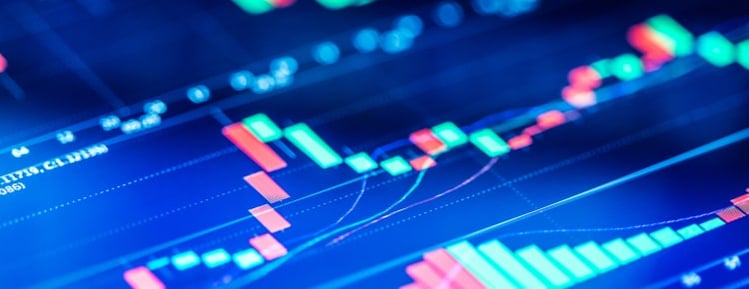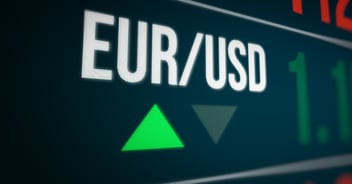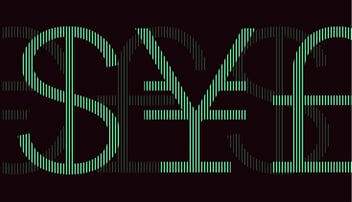
The weekly fluctuation range of the main EUR currency pairs was particularly modest last week. By way of example, among the major pairs, the one with the largest weekly fluctuation was EUR/CAD, with a fall of just -0.94%. This is a far cry from the levels of fluctuation we have seen in recent months.
Like other financial markets, the foreign exchange market experienced a drastic decline in volumes, which is normal at this time of year. This has led to a phase of consolidation or lateral movement for most pairs, which is likely to continue this week. As far as forex is concerned, it is considered that the proverbial start of the “new school year” will take place on 27 August. This date will mark the Jackson Hole Economic Symposium which, every year, brings together representatives of the main central banks (via videoconference this year due to the Covid-19 pandemic).
Near-inertia for EUR/USD
In a market with no real volumes, the most traded pair moved sideways throughout last week, with a weekly variation performance of +0.24%. The euro continues to oscillate around the 1.18 level. From our point of view, this is just a pause before a new approach towards 1.20.
In recent sessions, the few economic statistics published on both sides of the Atlantic have neutralised each other. Hopes for a rapid economic recovery in Germany continued to grow with the publication of a better-than-expected ZEW index and, at the same time, the number of people receiving unemployment insurance in the United States (via the federal government or at local level) fell below 30 million for the first time since June. Nevertheless, it would be wrong to believe that a return to economic normality will continue unabated.
The concerns over an emerging new wave of the virus are beginning to become clearer in many countries, including France. The public health challenge is to prevent the further spread of the virus as we move into autumn, when seasonal flu will strike. The combination of both seasonal flu and Covid could once again overburden hospital and health services and spell stricter social distancing measures, which will inevitably have a depressing effect on economic activity. In other words, from an economic standpoint, the hardest part is not necessarily behind us.
EUR/AUD: RBA puts pressure on the government
This was more or less the speech made last week by the Reserve Bank of Australia (RBA), among the few central banks in the developed world to have made the news. Governor Philip Lowe painted a particularly pessimistic picture of the economic situation, suggesting that maintaining ultra-low rates may be necessary for at least another three years to sustain the recovery and that he does not anticipate a return to full employment for several years.
As some of his counterparts regularly do, such as the ECB’s Christine Lagarde, he also called on the government to do more from a fiscal point of view. The EUR/AUD pair continued to appreciate (+0.36% week on week), as we expected last week. From a technical analysis perspective, the next threshold to watch for on the upside is 1.6640. Crossing it would be an important step before reaching last May's 1.7000. The upward trend so far remains supported by the 50-day moving average.
EUR/JPY and EUR/CHF: geopolitical risk is a non-issue for the time being
Finally, despite persistently palpable tensions between the United States and China, particularly regarding Chinese tech giants and the status of Hong Kong, geopolitical risk remains in the background on the foreign exchange market. Safe-haven currencies continued their decline against the euro last week. The EUR/CHF was virtually flat while the EUR/JPY was up +0.73%. The upward movement against the JPY has been considerable over the last three months (+8.5%) and this could well continue, provided that geopolitical risk remains contained and, above all, that possible concerns about European economic dynamics do not resurface with the resurgence of the pandemic in several countries. To this end, hedging against a potential downturn in this currency pair may yet be advisable.
Economic calendar:
| DATE | CURRENCY | EVENT |
|---|---|---|
| 18 August | AUD |
Minutes of the latest meeting of the Australian Central Bank |
| 19 August | USD |
Minutes of the latest Fed meeting |
| 20 August | EUR |
Minutes of the latest ECB meeting |
| 21 August | EUR |
German manufacturing PMI in August |
Topics






